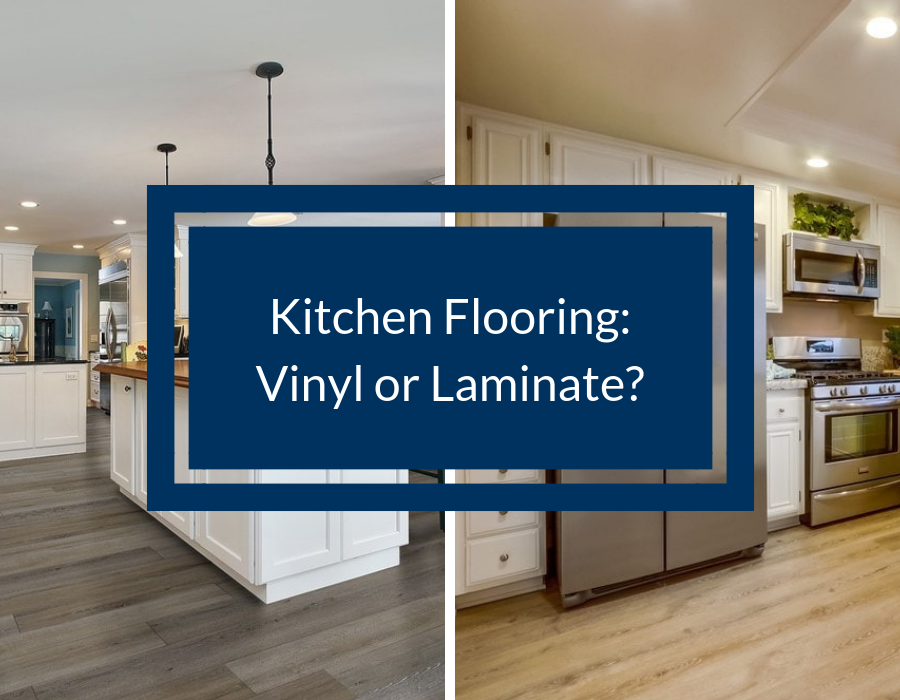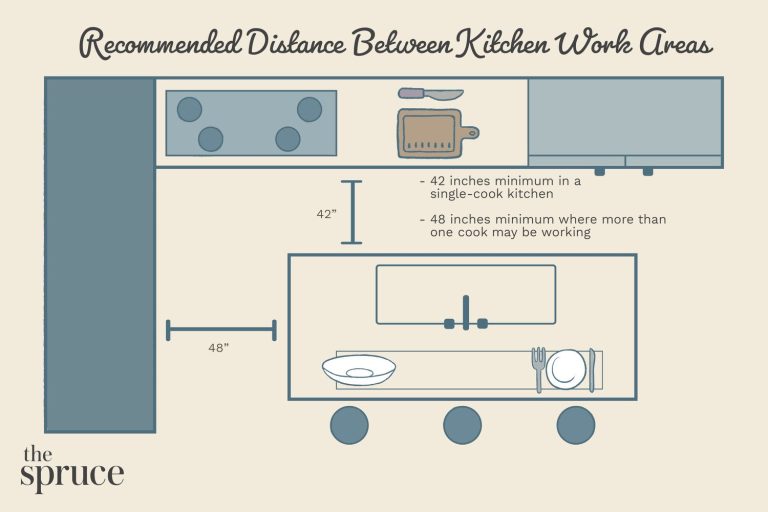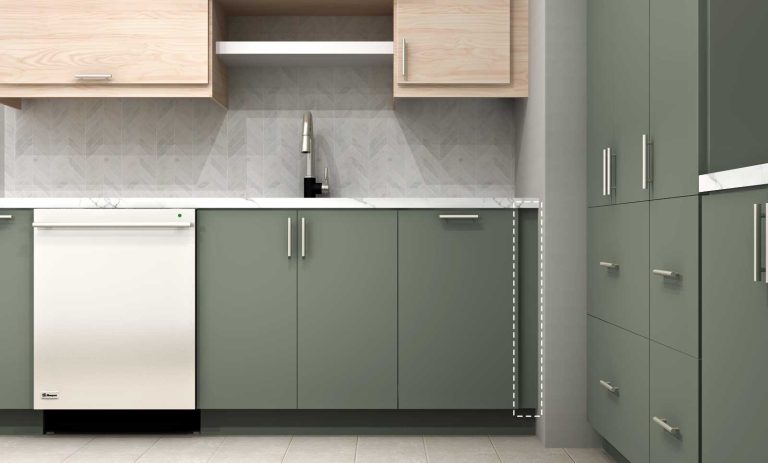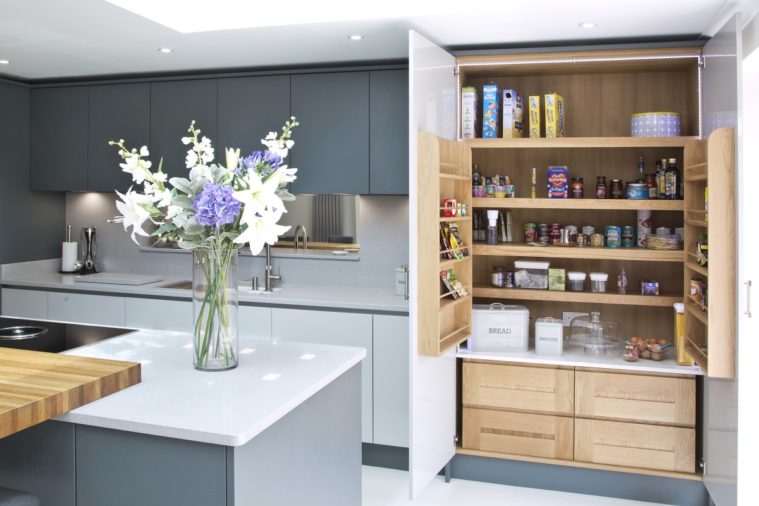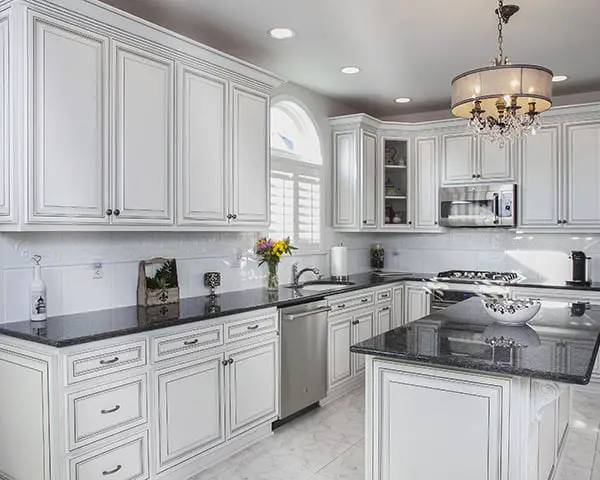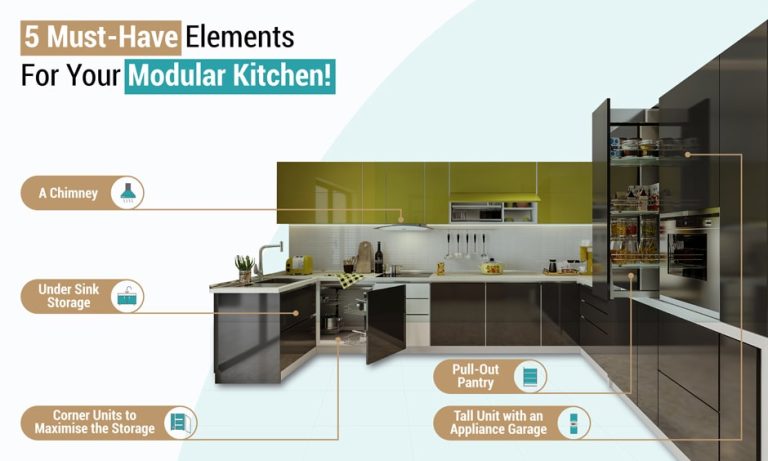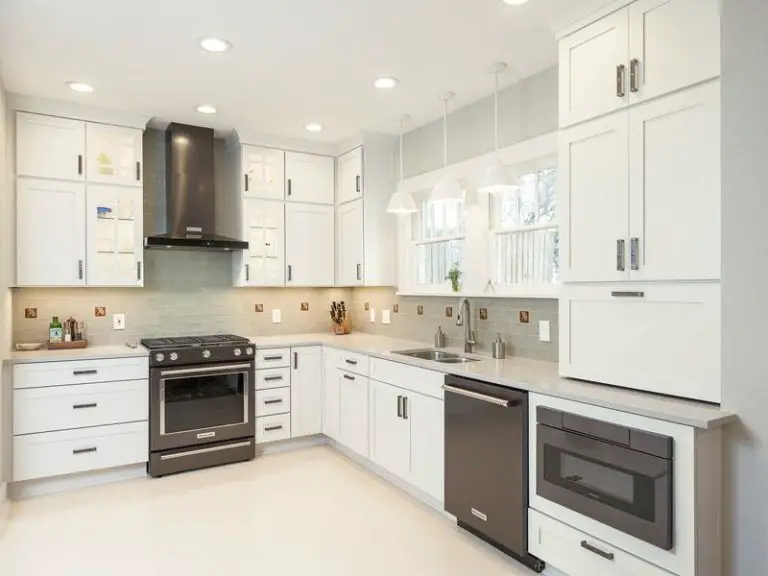Should I use laminate or linoleum in kitchen?
When considering which type of flooring to use in a kitchen, two popular options are laminate and linoleum. Laminate is a synthetic material that is designed to look like wood, stone, or tile and is extremely durable and easy to clean. Linoleum, on the other hand, is made from natural ingredients such as cork, wood flour, and linseed oil and is environmentally friendly. Both materials have their pros and cons, so it is important to consider the needs of the kitchen before making a decision. Laminate is more resistant to stains and water damage, while linoleum is softer and quieter underfoot. Ultimately, the decision between laminate and linoleum should be based on the specific needs of the kitchen.
Overview of Laminate and Linoleum
Laminate and linoleum are two popular flooring materials that offer a unique blend of durability and style. Laminate is made up of multiple layers of synthetic material such as melamine resin and fiberboard which are fused together with a lamination process. Linoleum, on the other hand, is made from natural materials such as linseed oil, cork dust, wood flour, and other organic materials. Both materials are easy to clean, offer a wide variety of colors and styles, and are durable enough to last for many years. Laminate is more scratch-resistant and less prone to fading than linoleum, however, linoleum is more resistant to moisture and provides better sound insulation. When it comes to installation, laminate is usually easier to install due to its click-lock system, but linoleum is a great choice for those who are looking for a more affordable and environmentally-friendly option. Ultimately, the choice between laminate and linoleum comes down to personal preference and the specific needs of the space.
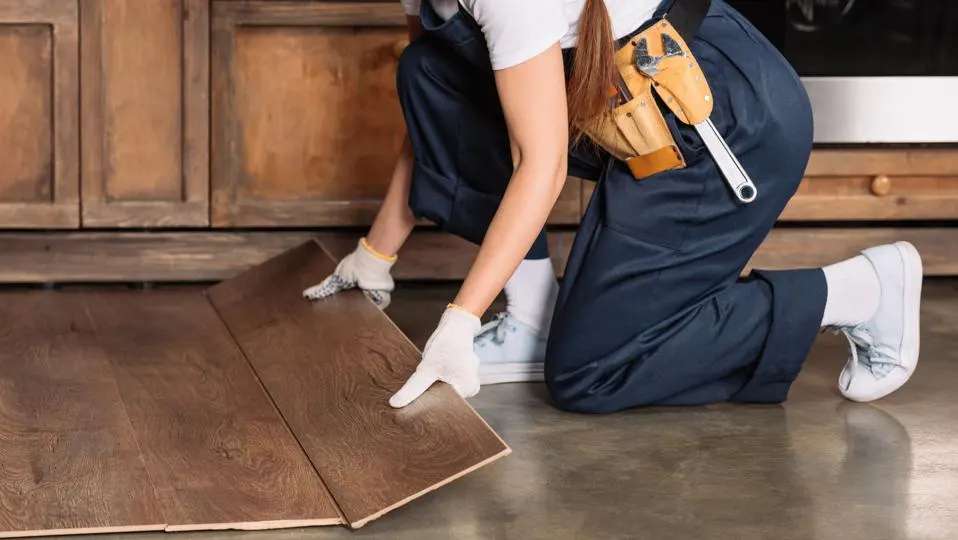
Credit: www.forbes.com
Advantages of Laminate
Laminate flooring is one of the most popular flooring options due to its affordability, durability, and low-maintenance upkeep. Laminate flooring is resistant to scratches, fading, and stains, making it an ideal choice for high-traffic areas. It is also easy to install, with most laminate planks able to be placed directly on top of existing flooring or sub-flooring. Laminate is also available in a variety of colors and designs, so you can easily customize the look of your home. Additionally, laminate floors can be damp-mopped and won’t take a lot of time to clean, making it an ideal flooring choice for busy households.
Disadvantages of Laminate
Laminate is an attractive and cost-effective flooring option, but it also has its drawbacks. Laminate is not as tough as other flooring options, such as hardwood. Laminate can easily be scratched, dented, or even stained if it is not properly cared for. Additionally, laminate flooring can be difficult to repair if damaged, and it may not be able to be refinished like hardwood. Laminate is also not as heat-resistant as other flooring options, so it may be more prone to warping or buckling in hot environments. Finally, laminate flooring is not as eco-friendly as other flooring options, as it is made from a blend of synthetic materials.
Advantages of Linoleum
Linoleum is a popular choice for flooring in many homes and businesses due to its many advantages. Linoleum is a resilient and cost-effective flooring option that offers a variety of benefits over other flooring types. It is a durable flooring material that is water-resistant, easy to clean, and long-lasting. Additionally, it is available in a range of colors and patterns, giving you the freedom to customize the look of your space. It is also eco-friendly, as it is made from natural materials and is biodegradable. Finally, linoleum is also quite affordable, making it a great choice for those looking to stay within a budget. With its variety of benefits, linoleum is an excellent choice for any space.
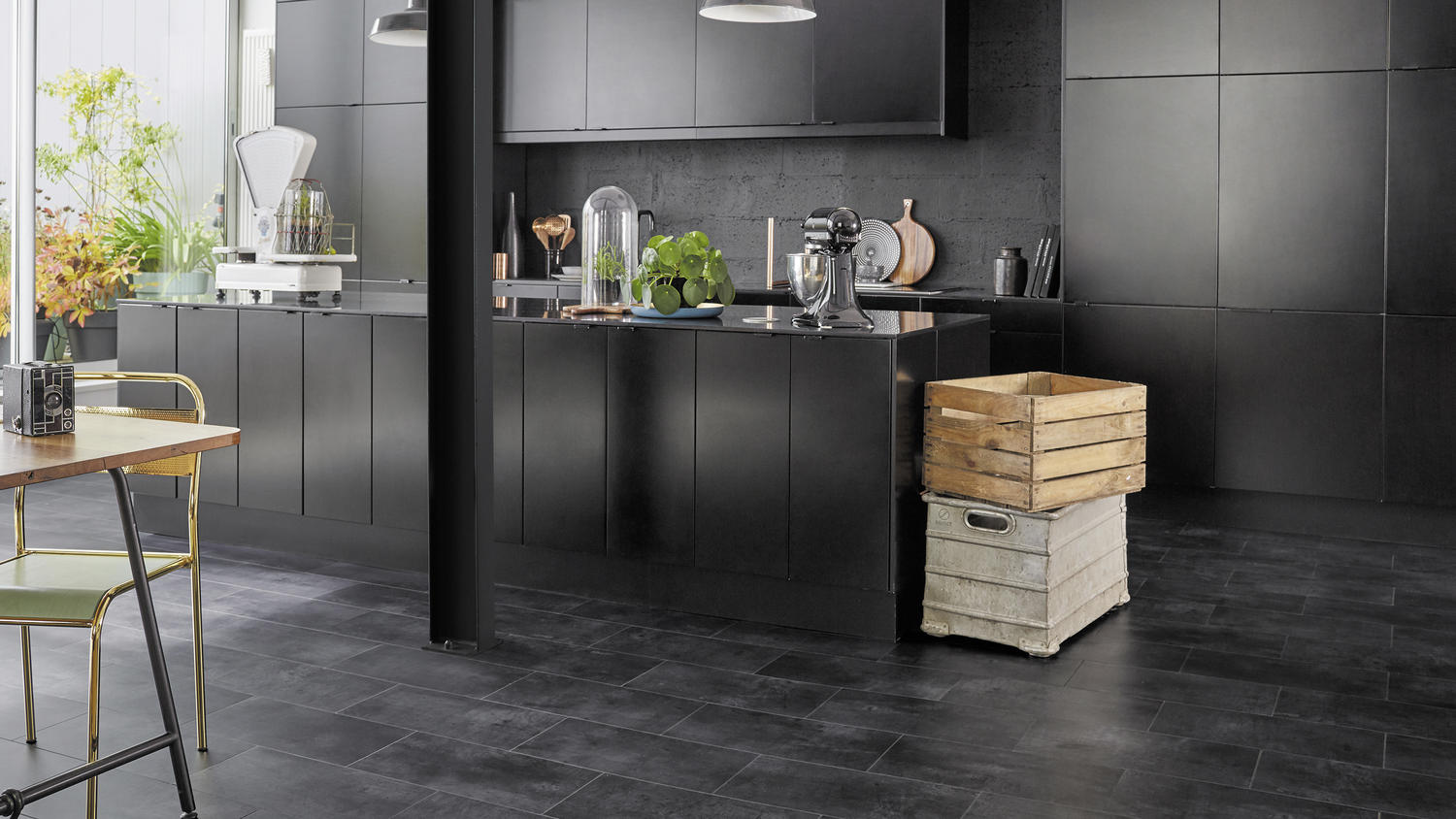
Disadvantages of Linoleum
Linoleum is a popular and affordable flooring option for many homes, but it does come with some drawbacks. Linoleum can be easily stained, scratched, and damaged, meaning regular cleaning and maintenance is necessary to keep it looking its best. Additionally, linoleum is a softer material than other flooring options, making it more susceptible to wear and tear over time. Lastly, the color of linoleum can fade with prolonged exposure to direct sunlight, so it is important to keep windows and curtains closed as much as possible. Despite these disadvantages, linoleum floors can still be a great choice for many homes due to their affordability and durability. With proper care and maintenance, linoleum can last for years and maintain its durability and good looks.
Factors to Consider when Choosing Laminate or Linoleum
When it comes to choosing between laminate or linoleum, there are a few important factors to consider. Durability, cost, and environmental impact are all important factors when deciding which material is right for your project. Laminate is a cost-effective and durable option that can withstand years of wear and tear, while linoleum is a bit more expensive but is a more eco-friendly choice as it is made from renewable materials. Additionally, laminate is easier to install than linoleum, so if you’re looking for a quick and easy installation, laminate may be the better option for you. Ultimately, the choice is up to you and should be based on your individual needs and preferences.

Credit: parryscarpets.com
Cost Comparison of Laminate and Linoleum
The flooring in your home can greatly impact the overall look and feel. Whether you’re choosing laminate or linoleum, there are pros and cons to each option when it comes to cost. Laminate flooring is typically more affordable, but may not be as durable as linoleum. Linoleum tends to be more expensive but is often considered to be more durable and able to withstand more wear and tear. Before deciding on your flooring choice, it’s important to take cost into consideration and evaluate the pros and cons of laminate and linoleum.
Maintenance and Durability Considerations
Maintenance and durability are essential considerations when looking to purchase a product or tool. Regular maintenance and good durability of the product or tool can help to ensure that you get the most out of your purchase and that it will stand the test of time. There are many factors to consider when it comes to maintenance and durability, such as the quality of the materials used, the frequency of use, how often the product is serviced, and whether it is designed to last. Taking the time to research and consider these issues can help to ensure that you get the most out of your purchase and can save you money and time in the long run.
FAQs About the Should I use laminate or linoleum in the kitchen?
What are the differences between laminate and linoleum flooring?
Laminate flooring is a synthetic material that is made from multiple layers of paper with a plastic top coat. Linoleum is made from natural materials such as linseed oil, cork dust, wood flour, and limestone. Linoleum is also more durable than laminate, but both flooring options are relatively easy to install and are relatively low maintenance.
What are the advantages and disadvantages of laminate and linoleum flooring?
Laminate flooring tends to be less expensive than linoleum and is available in a variety of colors and finishes. It is also relatively easy to install and is more resistant to scratches and stains than linoleum. Linoleum is more durable and is available in a variety of colors and patterns, but it is more expensive than laminate.
What factors should I consider when deciding between laminate and linoleum flooring for my kitchen?
When deciding between laminate and linoleum flooring for your kitchen, consider the cost, durability, maintenance requirements, and aesthetic appeal of each. Also, consider the amount of foot traffic your kitchen receives and the type of flooring that will best suit your needs.
Conclusion
Ultimately, the decision of whether to use laminate or linoleum in your kitchen should be based on your own personal preferences and budget. Laminate is an affordable and durable flooring option, but it may not be as resistant to staining and water damage as linoleum. Linoleum is a more expensive option, but it is more resistant to staining and water damage. Consider your needs and preferences before making a decision.

